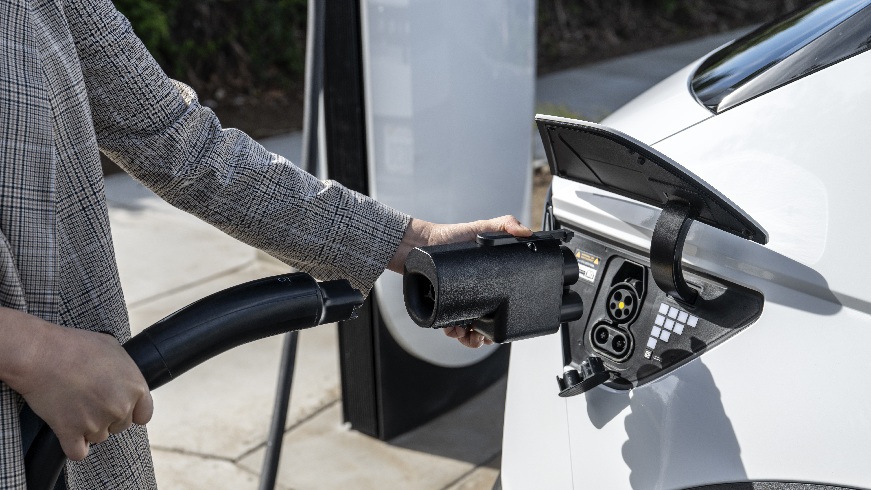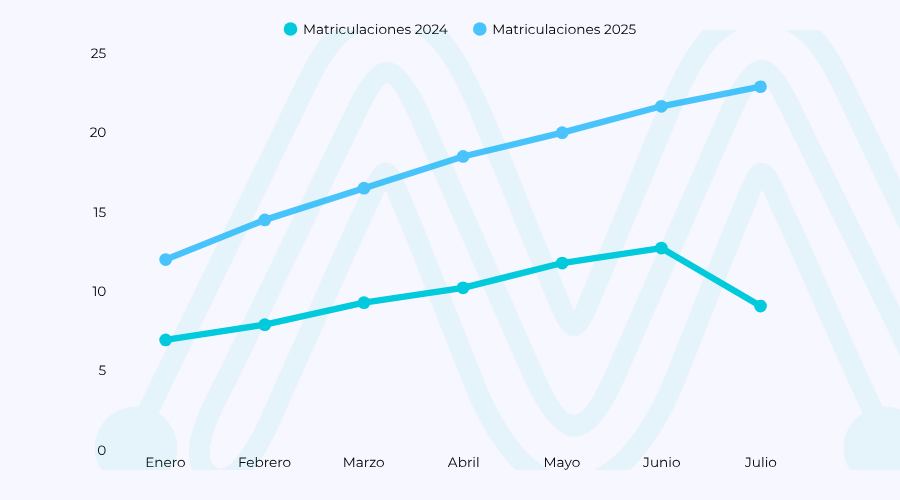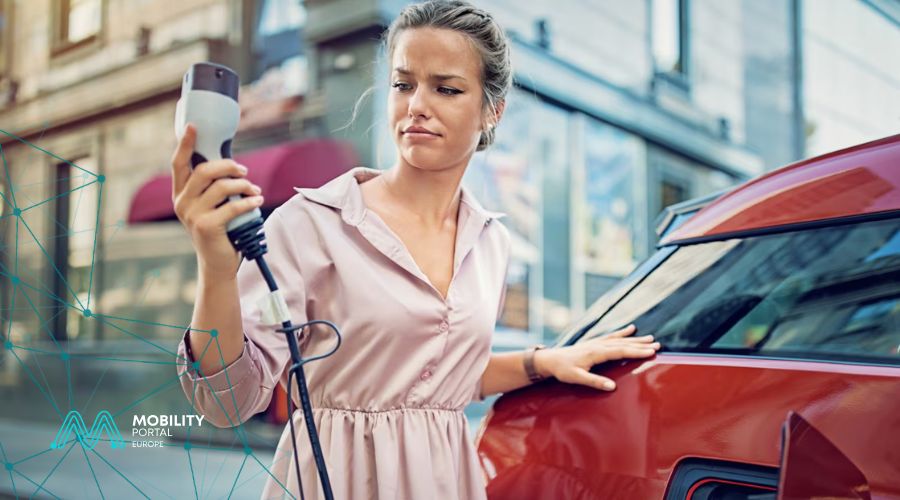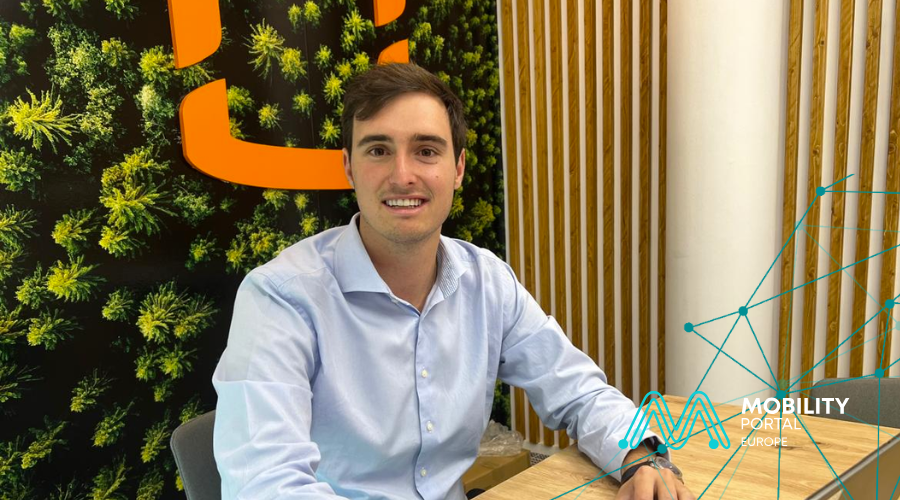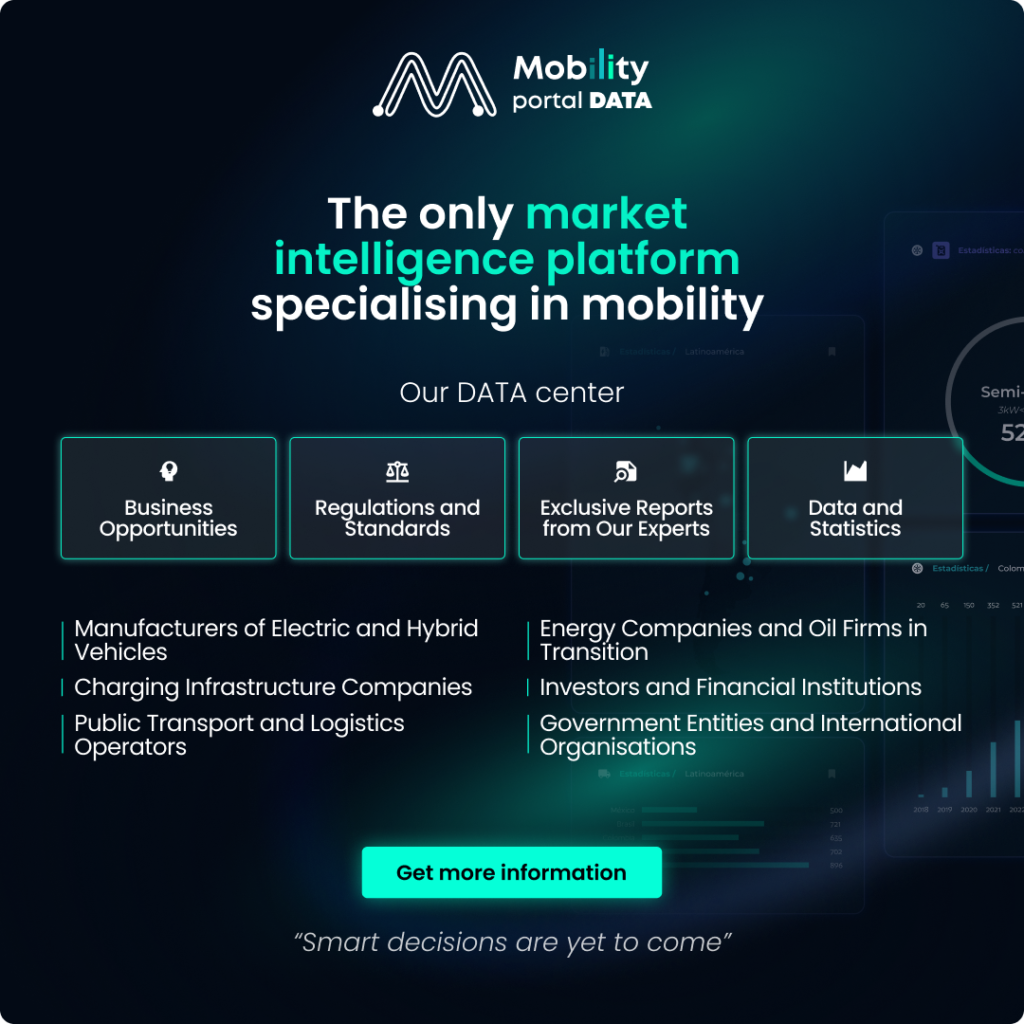Owners of the current Hyundai KONA Electric, IONIQ Electric hatchback, IONIQ 5, and IONIQ 6 models equipped with a Combined Charging System (CCS) port gain access to 20,000 Tesla Superchargers in the United States using a North American Charging Standard (NACS) adapter.
Current owners of Hyundai EVs who bought their vehicles on or before January 31, 2025, will begin receiving emails with instructions on how to redeem their adapters starting the week of April 7.
The company designed this DC fast-charging adapter specifically to work with its battery electric vehicles, including its e-GMP high voltage platform.
“More EV customers will have access to 20,000 Tesla Superchargers across North America, doubling their fast-charging options,” says Olabisi Boyle, senior vice president, product planning and mobility strategy at Hyundai Motor North America.
“This move improves the public charging experience by giving our customers even more choice. It’s a vital part of our commitment to ease America’s transition to electric vehicle ownership.”
The company is accelerating electric vehicle adoption by:
- Offering EVs with best-in-class charging speeds
- Including native NACS ports on the 2025 IONIQ 5, upcoming 2026 IONIQ 9, and future EVs
- Ramping U.S. EV and battery production in Savannah, GA
- Expanding out-of-home EV charging support via the new IONNA joint-venture high-speed charging network, including offering special discounted charging rates for customers
- Providing opportunities to opt in for an out-of-home charging credit or receive a complimentary Level 2 Home charger with installation via Hyundai Home
To show appreciation for its EV customers, Hyundai is offering one DC fast-charging adapter per eligible vehicle at no cost to existing customers who purchased or leased their vehicle on or before January 31, 2025.
To claim a complimentary adapter, eligible customers must have an active MyHyundai owner’s account and must have opted to receive email communications.
This CCS-to-NACS adapter is essential for reliable charging at V3 Tesla Superchargers and other NACS DC fast charging stations. Eligible customers must complete the process within 60 days of receiving the email invitation to redeem their complimentary adapter.
How eligible owners can receive a fast-charging adapter:
1. Own an eligible Hyundai EV that was purchased/leased on or before January 31, 2025.
2. Have an active MyHyundai.com owner’s account and have opted into receiving emails.
3. Eligible, contactable customers will receive an email beginning the week of April 7 to verify that their customer account information (shipping address, vehicle model, vehicle model year) is correct.
4. Customers must review and confirm the adapter offer and adapter usage terms and conditions.
5. If the customer agrees to the terms and conditions and confirms the shipping address is correct, then the customer can click ‘Yes, the above information is correct’ and an adapter will be shipped to that address.
6. If the shipping address is not correct, then the customer can click ‘No, the above information is incorrect’ and will be directed to MyHyundai.com to update the customer’s shipping address. Updated addresses may take up to a week for a customer to receive a new email to redeem.
7. Eligible customers will then receive a confirmation email and a subsequent email containing a tracking number once the adapter has shipped.
Like the refreshed IONIQ 5, which already has access to the Tesla Supercharger network, all new and significantly updated EV models will feature built-in NACS ports.
The NACS ports eliminate the need for an adapter to access Tesla Superchargers and other DC fast charging stations. These NACS-native models do not need, and do not qualify for a complimentary adapter.
Hyundai Motor Canada will provide details regarding Supercharger access and adapter procurement for EV owners in its market later this year.
READ MORE
-
MPD: España matricula 134.063 vehículos electrificados hasta julio y supera todo 2024
Con un crecimiento interanual del 92%, el mercado de vehículos eléctricos e híbridos enchufables avanza a ritmo récord. El análisis de Mobility Portal Data destaca como Madrid y Cataluña concentran más del 50% del mercado.Aquí, todos los detalles del desempeño eMobility de julio.
-
The UK enters a “decisive” phase: can the network ease charging anxiety enough?
The government recently announced that it has reached 82,000 public charging points. This is a positive sign for those who own or are considering purchasing an EV. However, beyond focusing on quantity, the UK must also prioritize quality. Which areas have the least charger coverage?
-
From Amsterdam to Pamplona: Sungrow targets eMobility leadership with European I+D and local presence
With an innovation centre in the Netherlands and an operational hub in Spain, the global firm combines technology tailored to the European market with local stock, after-sales support, and integrated solutions. Its goal: to lead the EV charging infrastructure market with efficiency and proximity.




